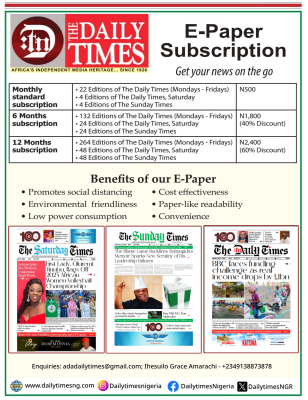Zenith Bank’s Non-Performing Loans rise to 4.7% in 2017

Due to poor state of the power sector and dwindling global oil prices, Zenith Bank Plc has reported an increase of 1.68 per cent of Non-Performing Loans (NPLs) to record 4.7 per cent bad loans in financial year ended December 31, 2017.
The lender had reported 3.02 per cent of N71.37 billion bad loans in financial year ended December 31, 2016.
This is just as the Financial Stability Report (FSR) from the Central Bank of Nigeria (CBN) for the first half of 2017 shown that average NPL in the banking industry rose from 12 per cent to 15 per cent.
The ratio of NPLs net of provision to capital for the bank industry increased to 31.8 per cent at end-June 2017 from 29.0 per cent at end-December , 2016.
The FSR also showed a declining Capital Adequacy Ratio (CAR) in the banking industry, with the average baseline CARs for the banking industry stood at 11.51 per cent in the review period with the average for large, medium and small banks as at end of June 2017, stood at 13.13, -6.71 and 13.54 per cent, respectively.
The decline in CARs, however, attributable to the challenges in the oil and gas sector coupled with the slow recovery in the domestic economy which resulted to a rise in NPLs and capital deterioration.
A stress test showed that only large banks could withstand a further deterioration of their NPLs by up to 50per cent.
However, none of the groups withstood the impact of the most severe shock of a 200 per cent increase in NPLs as their post-shock CARs fell below the 10 per cent minimum prudential requirement.
Although, Zenith bank’s financial report showed that it grew its Profit After Tax (PAT) by 37.2 per cent for the financial year ended December 31, 2017.
The financial institution in its report to the Nigerian Stock Exchange (NSE) on Monday reported N177.9bn in 2017 against N 129.65bn reported in 2016.
Given increased profit, the management declared a final N2.45 dividend for every share of 50k, bringing the total dividend for the financial year to N2.70kobo.
Profit before tax also grew by 29.8 per cent to N203.46 bn from N156.7 bn reported in 2016.
The bank maintained stronger growth in profit & loss figures in the financial year driven by gross earnings that gained 46.7 per cent to N745.2 bn in 2017 from N507.99 bn in 2016.
Total assets gained 18 per cent to N5.6 trillion from N4.74 trn, driven by 15.2 per cent growth in customers’ deposits and 16.6 per cent increase in shareholder’s funds that closed 2017 at N821.7 bn compared with N704.5 bn reported in 2016.
The management of the Zenith Bank in a statement stated that, “Zenith Bank’s performance in 2017 financial year end shows the Group’s leadership in the Nigerian financial services industry.
“In 2017, the Group generated a record gross earnings of N745 bn representing a 46.7per cent increase compared to the prior year. This growth in gross earnings was driven by a 23.4 per cent and 119.2 per cent increase in interest income and non-interest income respectively.
“The growth in interest income was largely due to income from investments in government securities. For the year, the Group recorded a N147.1 bn increase in non-interest income, driven by record processing volume of transactions coupled with the growth in the size of our trading book.
The group’s income diversification strategies have begun to yield gains evidenced with a 31.7per cent increase in fees and commission income over the prior year.
The statement added that, “The Group’s Profit Before Tax (PBT) for 2017 was N203.5 bn, a 29.8 per cent increase from N156.7 bn in the prior year.
The group achieved net interest margin (NIMs) of nine per cent (adjusted) for 2017 compared to 7.7per cent (adjusted) for 2016, reflecting significant improvements in the Group’s efficiency. Also, the Group was able to keep its cost-to-income ratio flat at 52.7per cent for the second year running.
“For the 2017 the Group’s cost of funds increased from 4.2per cent in 2016 to 5.2 per cent in 2017 due to the high yielding environment. Critically, cost of risk was 4.3per cent for 2017, reflecting the Group’s conservative disposition in credit risk management. The return on average assets (RoAA) and average equity (RoAE) were 3.4per cent and 23.3per cent respectively.
“The group maintained its healthy balance sheet as its loan to deposit ratio, liquidity ratio and capital adequacy ratio were 60per cent, 69per cent and 27per cent respectively and were all better than the regulatory requirements.
“Despite the challenging competitive operating environment, management’s outlook continues to be positive. Furthermore, the Group is strategically positioned to explore opportunities to grow its customer base and risk assets in strategic sectors.”








